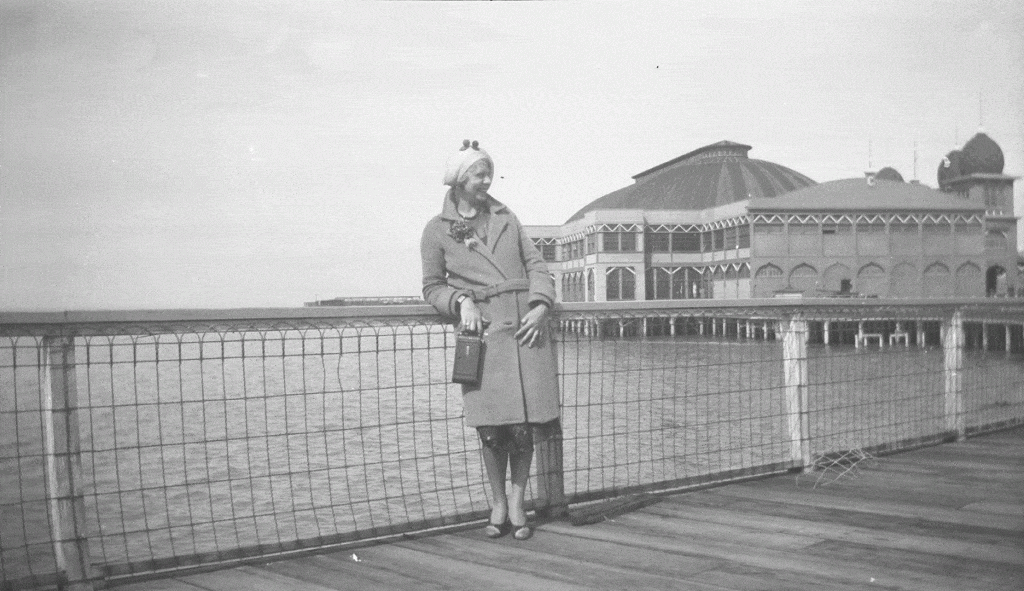In June 1946, Park City restaurateur J.E. Jenkins, also known as photographer Pop Jenks, decided to treat his employees and their families to an outing at the beach. Yes, the beach. In those days if you wanted to play in the waves and dance to the music of a big band, you headed for Saltair on the south shore of Great Salt Lake. “The day started with all going in swimming, followed by a lunch,” the Park Record reported. “The evening was spent dancing to the music of Al Donahue’s orchestra.”
Today we turn up our noses, literally, at the thought of sharing the waves with brine flies. But, between 1870 and 1960, the resorts along the lake were the closest thing to Coney Island that Utahns had. Saltair was even advertised as the “Coney Island of the West.”
In their 1993 book “Saltair,” Nancy and John McCormick describe how the “strange salty sea” attracted early immigrants, journalists and other professional travelers. “After a swim during his visit in 1863 journalist Fitz Hugh Ludlow whimsically concluded that he felt the ‘pleasant sense of being a pickle, such as a self-conscious gherkin might experience,’” the McCormicks wrote.
Encouraged by the construction of local railroad lines, the first two resorts – Lake Side and Lake Point – opened in 1870. From Lake Side you could ride around the lake on a three-deck stern-wheel steamboat. Other resorts followed.
Then, in 1893, came Saltair, the most elaborate and expensive of them all. Financed by the Mormon Church and designed by renowned local architect Richard Kletting, “Saltair was an architectural wonder,” the McCormicks said. The central pavilion measured about 250 by 140 feet and reached more than 100 feet high. It was surrounded by mosque-like towers topped with onion-shaped domes.
Initially, Saltair’s big attractions were swimming and dancing. By 1914 the resort also boasted a roller coaster. In 1919, Saltair attracted 450,000 people.
In April 1925, Saltair was gutted by fire. However, new owners moved quickly to rebuild, borrowing from Kletting’s original Moorish design. Saltair II opened in May 1926. It was this rendition that Pop Jenks and his employees visited 20 years later.

Credit: Park City Historical Society & Museum, Thomas F. Hansen Collection
Facing stiff competition from Lagoon and other attractions, Saltair’s owner donated the resort to the state in 1959. Saltair was closed, the buildings deteriorated, and fire destroyed what was left in November 1970.
In the early 1980s, Utah businessmen bought an abandoned airplane hangar, moved it to Saltair and added a façade recalling the original design. However, Saltair III has never matched the appeal of its predecessors.
The Park City Museum just wrapped up an exhibit celebrating the Saltair of the East, better known as Coney Island, NY.